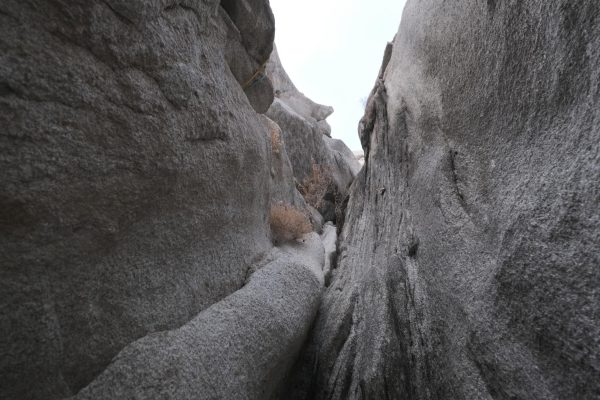Significance of Snow
Significance of Snow
The Wasatch Mountain Range
The Wasatch Mountains are a trademark of northern Utah and are enjoyed by residents and travelers alike. The trail of peaks stretch throughout northern Utah and into regions of western Wyoming and southern Idaho, and makes up a segment of the widely known Rocky Mountains. Formed mainly through the process of tectonic uplift and faulting, the Wasatch Mountains are a glowing result of miraculous geologic processes. The Wasatch Fault, as many are aware, is an active fault that runs parallel to the range and is responsible for the dramatic topography of the region. A few notable peaks in the range include Mount Nebo, Mount Timanogos, Twin Peaks, and Pfeifferhorn, the tallest being Mount Nebo at an elevation of roughly 12,000 feet.
The wonders of the range extend far beyond elevation. The region contains a plethora of ecological features including alpine lakes, meadows, and forests, as well as habitats for animals like black bears, mountain lions, bighorn sheep, deer, and a variety of bird species. This cocktail of innate topographical, geologic, and ecological traits make the Wasatch Mountains a beautiful place to explore and admire.
The Lake Effect
You may have heard the term “lake effect” thrown around in conversations about skiing and wintertime in Utah, but what does it actually mean? The “lake effect” essentially refers to the process by which cold air travels over a relatively warm body of water and collects moisture from the water. As the air moves away from lake regions and into colder areas, the moisture condenses and falls as precipitation in fairly localized areas. This mechanism often results in that famous fluffy “Utah-pow” appreciated by many skier and snowboarder enthusiasts. Another unique quality of the “lake-effect” is that it often provides heavy and consistent snowfall, making for predictable weather patterns and dependable parameters for ski resorts and other snow-reliant businesses. The Wasatch Range is the primary recipient of such sought-after conditions due to the proximity of the Great Salt Lake. The Wasatch Front is home to some of the greatest skiing in the world. Alta, Snowbird, and Snowbasin are just a few resorts among Northern Utah’s winter sports destinations that draw in people from not just the valley, but from across the world.
Snowpack
With the consistent and substantial snowfall, the amount of snow accumulates quickly and greatly. This snowpack not only provides great conditions for skiing, but also serves has a major role in Utah’s water replenishment. Given that Utah is one of the driest states in the country, we rely heavily on our snowpack for fresh water. The water we get from snowpack is used for drinking, agriculture, and industry, all of which are necessary for the community. As we are also prone to long-lasting droughts, it is beyond important to ensure our main source of freshwater is stable and well-functioning. Not to mention, the snowmelt runs to streams, rivers, and lakes that are key to the survival of various ecosystems. Wetlands and other riparian zones in particular are deeply dependent on annual snow-melt in order to thrive.
Implications of a Changing Climate
As our climate continues to change, the relationships between the Great Salt Lake and our beloved mountains does too. One of the growing concerns is the health and longevity of our lake and the cascade of impacts it will have on the Salt Lake community. It is anticipated that as temperatures rise, the Great Salt Lake will continue to shrink. This, of course, threatens the quality and abundance of our snowfall and snowpack as mentioned above. With less snow, Utah will not only suffer from poor skiing conditions (which will in turn impact economical benefits from tourism), but will also be subject to more extreme drought episodes and drier weather patterns.
So, when we think about it, our snowfall isn’t just a good time out on the slopes. It’s a key role in the function of Salt Lake’s ecosystem. It is our fun winters, our fresh water, and our healthy mountain ecosystems. The relationship between the Great Salt Lake, the snowfall, and our water supply are intricately connected with one another and must be prioritized as the life-sustaining system that it is.
Deeper Down
Though this article has taken a prominently academic tone, it is important to acknowledge that my intention in writing this extends far beyond facts and figures. Through this collection of photographs, I intend to emphasize the profound beauty and importance of our snow-capped mountains, and perhaps to inspire a sense of reverence and realization. This work is not only a visual celebration of our breath-taking peaks, but also a tribute to the significance of snow. The stillness of winter can often evoke a sense of passiveness, a lack of activity. However, I’ve come to know that snow may very well be the opposite. It is a promise of sustenance and life and a reminder of renewal.
The post Significance of Snow appeared first on Wasatch Magazine.






